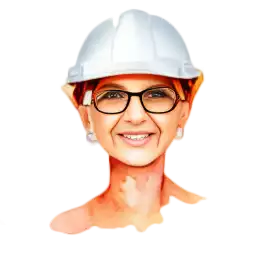What to do to stop heat conduction in the attic?
Dampness in the attic. The heat comes from the inside wall. I wanted to board up my attic (not OSB, but boards with diffusion slots). I noticed a spot where condensation is already visible even without the boards.
The heat is coming from the interior wall. The surface is not insulated and heat radiates in all directions: The ceiling is drywall, with foil and a thick layer of insulation (wool).
What can I do to the masonry now to stop the heat conduction?
Answers
A warm spot on a cold roof is not a problem, but a cold spot on a warm roof is.
This means that condensation/mold can form inside at the top of the wall.
Why moisture appears has other causes: A hole in the vapor barrier is either not properly connected or completely forgotten, or a hole in the roof or or or or....
Condensation forms in the gap between the brick and wood. This is due to the heat and cold surface of the wood.
If the brick is covered with boards (loose), all the insulation around and over the brick will get wet, mold is unfortunately inevitable here.
I understand you have a cold roof (uninsulated attic), and the amount of heat flowing through the wall from the floor below is causing high humidity with condensation in the coldest parts?
Wouldn't it be a good idea to properly and professionally insulate the entire attic if the (necessary) thermal separation between the floor below and the attic was not achieved "so well"?
Is this even appropriate for a cold roof?
As I understand it, since the floor is a thermal envelope, there should be no such thermal bridge.
Do I understand correctly that the interior wall (brick) faces the cold roof? Aren't the interior walls under a layer of vapor barrier (foil)?
In our house, the walls come out just below the vapor barrier foil/roof beams.





